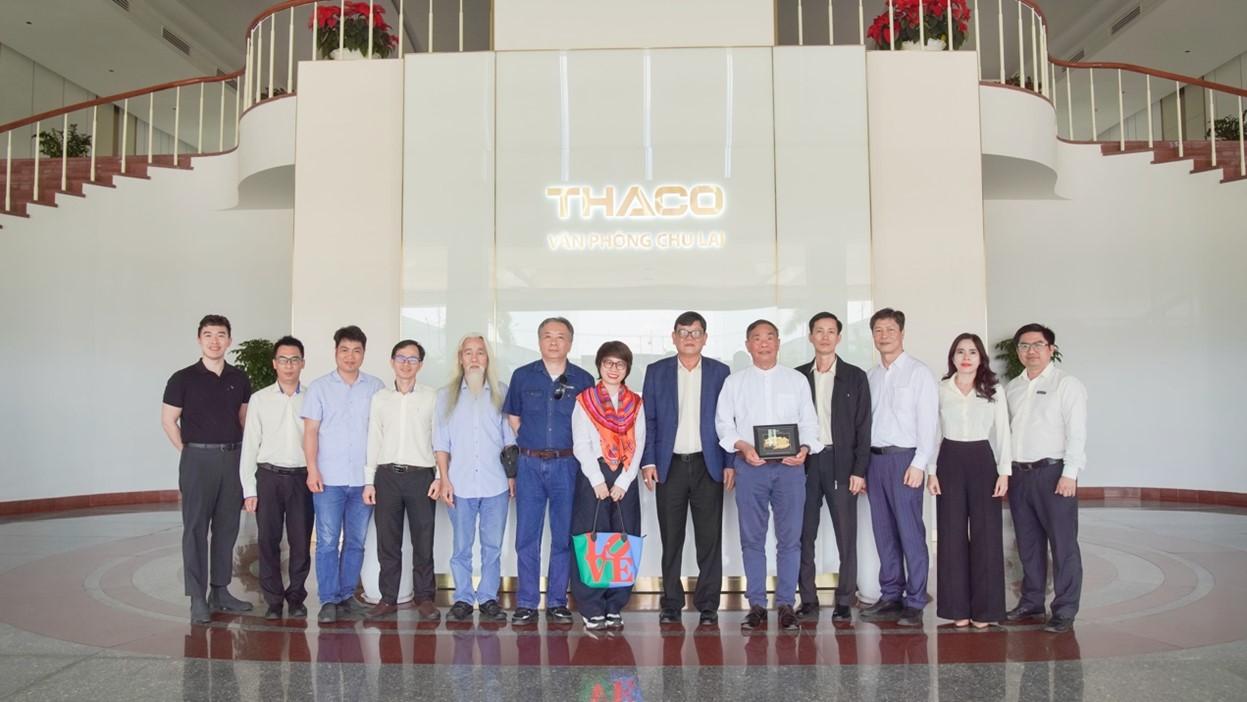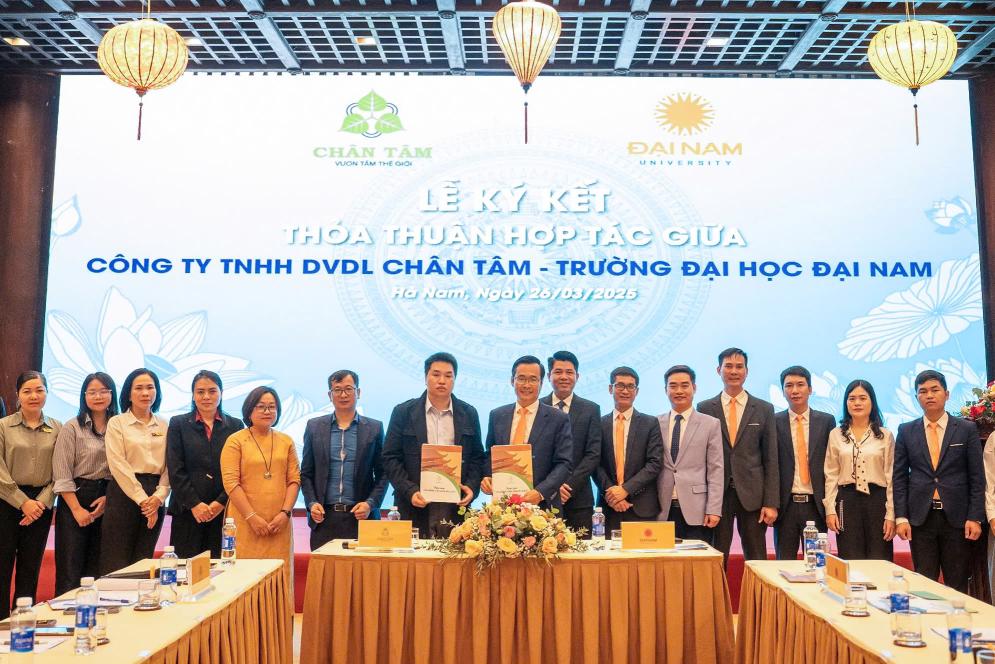Current Vietnamese accounting system
Posted date 12/03/2018
7.123 view

A system is generally understood as a set of elements that have horizontal and vertical relationships with each other, in which each element itself can also be a system (subsystem, subsystem). The accounting system mentioned in this article is understood as a set of unified legal regulations on documents, accounts, books and accounting reports applied to units and organizations in a certain field of activity (called an accounting regime).
A system is generally understood as a set of elements that have horizontal and vertical relationships with each other, in which each element itself can also be a system (subsystem, subsystem). The accounting system mentioned in this article is understood as a set of unified legal regulations on documents, accounts, books and accounting reports applied to units and organizations in a certain field of activity (called an accounting regime).
The Vietnamese accounting system includes many accounting regimes prescribed for units in different fields of operation. Through many stages of development along with different economic management mechanisms, the Vietnamese accounting system has been improved many times towards unification, clarity, transparency, conformity with market mechanisms and international practices.
Currently, Vietnam has the following basic accounting systems:
1. The accounting system issued under Circular No. 200/2014/TT-BTC issued by the Ministry of Finance on December 22, 2014 applies to manufacturing, trading and service enterprises operating in all business fields regardless of enterprise type or form of capital ownership (replacing Decision No. 15/2006/QD-BTC dated March 20, 2006).
2. Accounting system for small and medium enterprises issued under Circular 133/2016/TT-BTC issued by the Ministry of Finance on August 26, 2016 and effective from January 1, 2017, replacing Decision 48/2006/QD-BTC issued on September 14, 2006.
3. Accounting system applicable to Banks and credit institutions issued on January 24, 2013 under Decision No. 08/2013/QD-TTg of the Prime Minister.
4. The accounting system applicable to administrative units using the State budget is issued under Decision 19/QD-BTC dated March 30, 2006 of the Minister of Finance.
5. The accounting system applied to the Treasury and Budget Management Information System (TABMIS - abbreviated as Treasury accounting) is issued under Decision No. 08/2013/QD-BTC dated January 10, 2013 of the Minister of Finance.
6. The commune budget and financial accounting system (hereinafter referred to as commune accounting) is issued under Decision No. 94/2005/QD-BTC dated December 12, 2005 of the Minister of Finance.
All the above accounting systems can be divided into two branches: accounting for business units (abbreviated as enterprise accounting) and State accounting (also known as public accounting) according to the following diagram:
CURRENT VIETNAMESE ACCOUNTING SYSTEM
The Vietnamese accounting system includes many accounting regimes prescribed for units in different fields of operation. Through many stages of development along with different economic management mechanisms, the Vietnamese accounting system has been improved many times towards unification, clarity, transparency, conformity with market mechanisms and international practices.
Currently, Vietnam has the following basic accounting systems:
1. The accounting system issued under Circular No. 200/2014/TT-BTC issued by the Ministry of Finance on December 22, 2014 applies to manufacturing, trading and service enterprises operating in all business fields regardless of enterprise type or form of capital ownership (replacing Decision No. 15/2006/QD-BTC dated March 20, 2006).
2. Accounting system for small and medium enterprises issued under Circular 133/2016/TT-BTC issued by the Ministry of Finance on August 26, 2016 and effective from January 1, 2017, replacing Decision 48/2006/QD-BTC issued on September 14, 2006.
3. Accounting system applicable to Banks and credit institutions issued on January 24, 2013 under Decision No. 08/2013/QD-TTg of the Prime Minister.
4. The accounting system applicable to administrative units using the State budget is issued under Decision 19/QD-BTC dated March 30, 2006 of the Minister of Finance.
5. The accounting system applied to the Treasury and Budget Management Information System (TABMIS - abbreviated as Treasury accounting) is issued under Decision No. 08/2013/QD-BTC dated January 10, 2013 of the Minister of Finance.
6. The commune budget and financial accounting system (hereinafter referred to as commune accounting) is issued under Decision No. 94/2005/QD-BTC dated December 12, 2005 of the Minister of Finance.
All the above accounting systems can be divided into two branches: accounting for business units (abbreviated as enterprise accounting) and State accounting (also known as public accounting) according to the following diagram:
CURRENT VIETNAMESE ACCOUNTING SYSTEM
| Accounting for business units | State Accounting |
| 1. Business Accounting - Accounting for manufacturing, trading, service and construction enterprises. - Accounting for financial enterprises: securities companies, insurance companies, lotteries, private investment funds, financial companies... - Accounting for special businesses: post and telecommunications, agricultural, forestry and fishery cooperatives... - Accounting for non-public administrative units (schools, hospitals, notary offices, etc.) - Accounting for corporations and groups 2. Accounting for credit institutions - Commercial bank accounting - Credit cooperative accounting | 1. Administrative and career accounting - Accounting for agencies, organizations and unions in the State system using State budget capital. - Accounting for public service units using budget capital. - Accounting for state funds 2. Treasury Accounting 3. Commune, ward and town accounting |
It can be said that the current Vietnamese accounting system has well met the financial management requirements of each unit, organization and state agencies in the current period, as shown in the following points:
- Issued synchronously, fully and promptly in accordance with the characteristics of operations in each industry sector.
- Receive detailed instructions on the application of vouchers, accounts, detailed books, and reports to accounting work in the unit.
- Suitable for the current market-based economy of our country.
- Basically in accordance with Vietnamese accounting standards and international practices, convenient for statistical work, data synthesis and reporting to State agencies.
- The system is open, so it is convenient for additions and modifications when the market economy develops to a more complete and higher level.
Latest article
View all Posts
Related articles
See all related Articles
Register for admission consultation 2025
Dai Nam University offers admissions to
36 academic programs
across a diverse range of disciplines, including Healthcare, Engineering and Technology, Economics and Business, and Social Sciences and Humanities.
Register now to secure
scholarships and tuition support worth up to 55 billion VND
scholarships and tuition support worth up to 55 billion VND

Register now to secure
scholarships and tuition support worth up to 55 billion VND
scholarships and tuition support worth up to 55 billion VND









